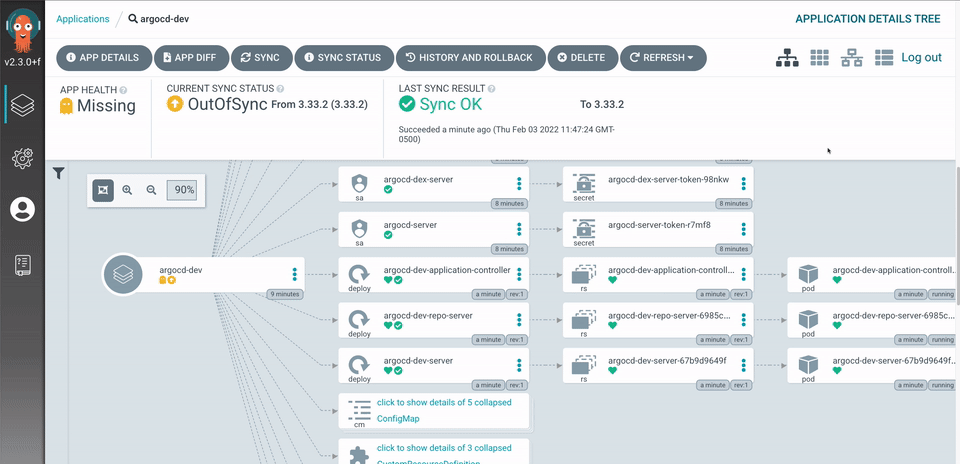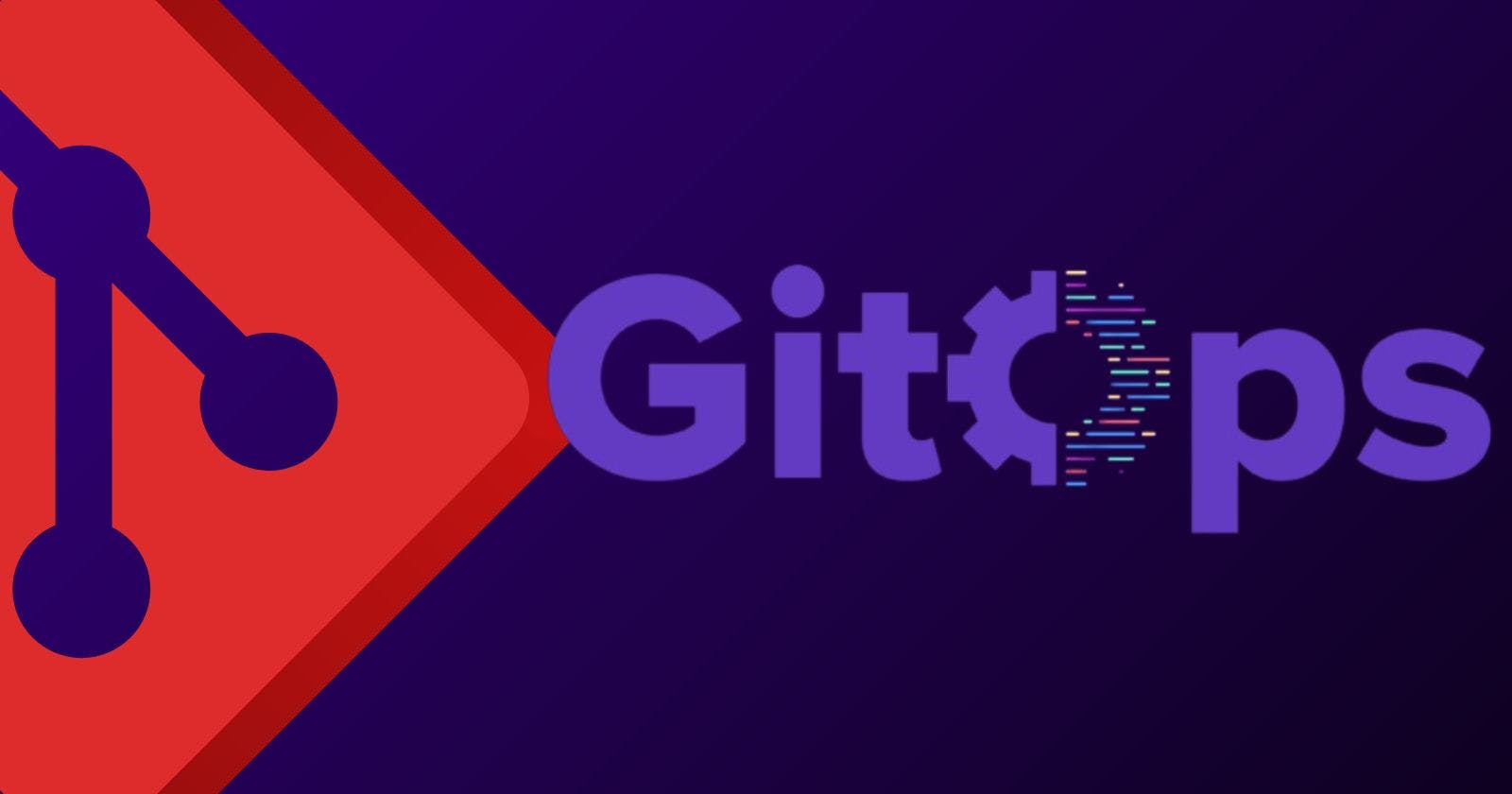GitOps is a set of practices for managing infrastructure and app configurations using Git as the single source of truth, delivering infrastructure as code. In other words — version control for infrastructure.
Who’s in Charge?
GitOps practices should be implemented by DevOps teams, with regular developers actively participating in the process.
DevOps teams are responsible for setting up and maintaining the GitOps workflows, ensuring infrastructure and application configurations are managed efficiently through Git.
Developers contribute by committing code and configuration changes, thereby directly influencing the deployment and operational aspects of the applications they build.
Let’s Look at an Example
Let’s say you’re updating an app on Kubernetes. Instead of manual tweaks, you change a line in deployment.yaml to update the app version, like this:
- image: myapp:v2.0
Commit and push. Argo CD notices the change, updates your deployment, and your app is now running the new version. Quick and painless.
Why GitOps in 2024?
Commit History: View the complete history of your infrastructure's changes.
Mistake Eraser: Easily roll back to a previous state with a simple revert.
Auto-Pilot: Automatically apply changes by pushing them to Git.
Stay in Sync: Ensure your live environment always matches what's in your Git repository. If an unauthorized change is made directly in the cloud, GitOps will detect it and revert the changes.

Key Tools for GitOps
GitOps is about using Git for Infrastructure as Code (IaC), here are essential tools for this approach:
Argo CD — Syncs your Kubernetes deployments with your Git repository. It automates the deployment process to match your Git-defined state.
Flux — Similar to Argo CD, it monitors your Git repository for changes and automatically applies them to your Kubernetes clusters.
Terraform — Goes beyond Kubernetes, allowing you to manage cloud infrastructure as code. It works well with GitOps by tracking infrastructure changes in Git.
Jenkins X: Jenkins X is designed to make it easier for developers to bootstrap applications, test pull requests, promote and deploy applications to Kubernetes.
GitHub Actions: GitHub Actions makes it easy to automate all your software workflows, now with world-class CI/CD. Build, test, and deploy your code right from GitHub.
These tools simplify your infrastructure management, ensuring deployments are consistent and automated.

Real Quick: GitOps with Argo CD
Setup: Kubernetes cluster ready? Cool. Pop Argo CD in there.
Connect the Dots: Hook Argo CD up with your repo and cluster.
CI/CD Integration: Push image updates or config changes? Argo CD catches them and keeps your cluster fresh.

Best Practices
Repeatable Deployments: Achieve consistency across environments with Helm. It templates your Kubernetes apps, making deployment and updates straightforward.
Secure Your Workflow: Use Sealed Secrets for encrypting data in Git, safeguarding your configurations. Implement role-based access control (RBAC) in Kubernetes to control who can do what.
Immutable Infrastructure: Never change configuration manually, only via Git, keeping everything auditable and rollbacks simple.
By focusing on these practices and tools, you optimize and secure your GitOps workflow, ensuring efficiency and stable infrastructure.

Conclusion
In 2024, GitOps has become a key practice for managing infrastructure and application configurations. Tools like Argo CD, Flux, and Terraform have automated deployments, making them consistent. As we progress, GitOps is set to play a crucial role in cloud setup and application deployment, promoting efficiency and stability. Embrace GitOps for a resilient and dynamic infrastructure.
